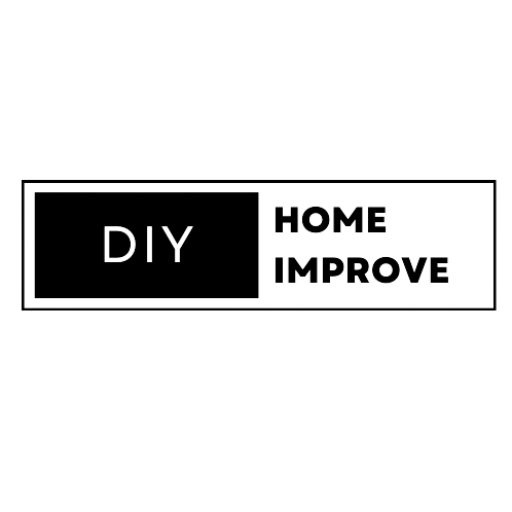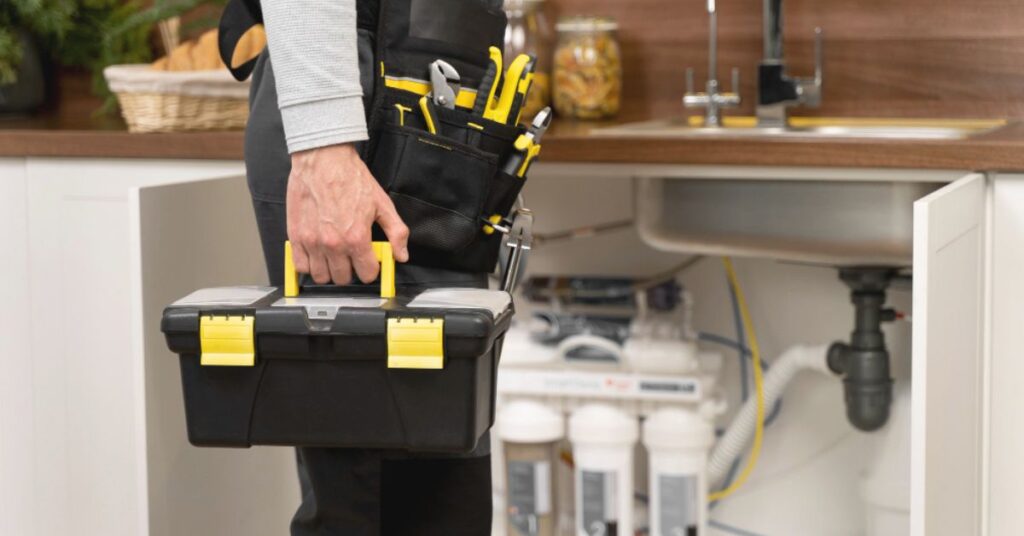Purchasing a new home is an exciting and significant investment. However, amidst the joy and anticipation, it’s crucial not to overlook the essential aspect of plumbing. A thorough inspection of the plumbing system in a prospective new home is vital to prevent potential issues and unexpected costs down the road. In this comprehensive guide, we’ll outline a checklist to ensure a meticulous evaluation of the plumbing infrastructure before sealing the deal on your new abode.
Understanding the Importance of New Home Plumbing Inspections
The plumbing system serves as the circulatory system of a house, responsible for the distribution of water and the removal of waste. Neglecting its inspection could lead to costly repairs or replacements post-purchase. Hence, conducting a detailed assessment before finalizing the purchase is crucial.
1. Checking the Water Supply
Begin by examining the water supply system. Check for leaks, pressure inconsistencies, and any signs of water damage around fixtures. Verify the functionality of faucets, showers, and toilets to ensure they work properly.
2. Assessing the Drainage System
Evaluate the drainage system thoroughly. Inspect sinks, showers, and toilets for proper drainage. Slow drainage could indicate blockages or underlying issues in the pipes.
3. Inspecting Pipes and Fixtures
Examine the visible pipes and fixtures for signs of corrosion, rust, or damage. Pay special attention to areas prone to leaks, such as under sinks and around the water heater.
4. Evaluating Water Heating Systems
Inspect the water heater for its age, condition, and efficiency. Check for any leaks, unusual noises, or inadequate heating, as these could signal potential problems.
Conducting a Systematic Inspection
To ensure a comprehensive evaluation, follow a systematic approach. Start from the exterior and gradually move indoors, covering all plumbing components.
5. Exterior Inspection
Outdoor Spigots: Check for leaks or damages.
Irrigation Systems: Ensure proper functioning and no leaks in the irrigation lines.
6. Kitchen and Bathroom Inspection
Sinks and Faucets: Assess for leaks and proper water flow.
Toilets: Check for flushing issues, leaks around the base, and proper refilling after flushing.
Showerheads and Bathtubs: Ensure proper drainage and absence of bathtub faucet leaks.
7. Basement and Crawl Space Examination
Pipes and Water Lines: Look for leaks, corrosion, or damage in these areas.
Sump Pump: Ensure it operates smoothly and efficiently.
8. Water Heater Inspection
Check for Age and Condition: Assess its age and condition for potential replacement needs.
Verify Temperature Settings: Ensure the water heater is set to a safe and appropriate temperature.
Consulting Professional Assistance
While a personal inspection is essential, it’s advisable to seek professional help for a more in-depth assessment. Plumbing experts can conduct thorough inspections, using specialized tools to identify hidden issues that might not be apparent during a general inspection.
Conclusion
Absolutely! Ensuring your new home’s plumbing is top-notch is key before sealing the deal. Use a checklist, get a pro’s opinion, and spot issues before they become big headaches later. Taking time now saves cash and stress down the road.
Your home should be your haven. Don’t overlook plumbing! It’s the backbone of comfort. Whether you’re new to this or a seasoned homeowner, a plumbing check is a smart move. It’s not just a house you’re buying; it’s your family’s cozy sanctuary.
So, before signing on the dotted line for your new home, make sure to prioritize New Home Plumbing Inspections!




